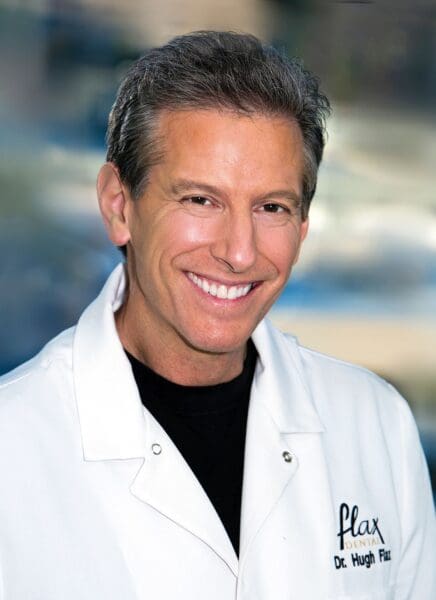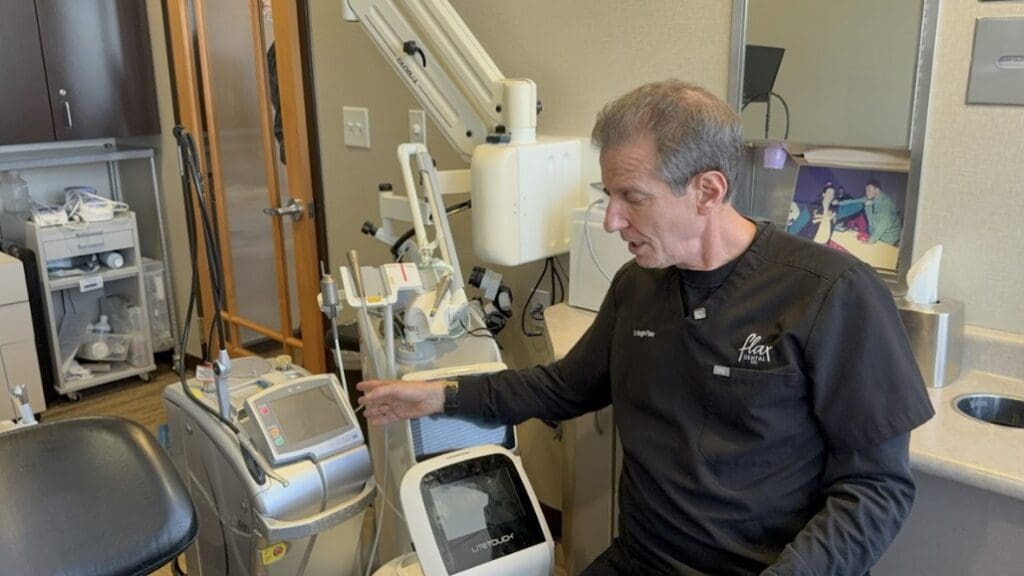A Gentle Approach to Dentistry: How Lasers Help in Our Practice
When people hear “laser,” they usually think of sci-fi or surgery. But in dentistry, lasers are very real—and surprisingly practical. Whether it’s treating a cavity without a drill, reducing jaw soreness, or trimming gum tissue, lasers now play a quiet but powerful role in modern dental care.
This post breaks down what laser dentistry actually is, how it works, and where it fits into everyday treatments—based only on what I’ve used directly in my practice.
First, What Is Laser Dentistry?
“Laser” stands for Light Amplification by Stimulated Emission of Radiation—a concept introduced by Albert Einstein. When focused light energy hits specific tissues, it interacts in different ways: trimming gums, shaping enamel, or easing soreness in muscles.
I use lasers in daily procedures. Whether I’m adjusting gum tissue or using red-light-like photobiomodulation to ease jaw pain, these tools allow me to work precisely and comfortably—with very little trauma to the tissue.Even better, it’s more comfortable for our patients.
The Three Laser Systems I Use
These are the specific lasers in our office. Each one serves a different purpose, and all are based on erbium laser technology:
1. Original Erbium Laser
- Great for trimming gum tissue or adjusting enamel.
- Basic but effective. Still used often in routine treatments.
2. LiteTouch Laser
- Designed for hard tissue and bone,as well as soft tissue.Definitely multipurpose
- Targets hydroxyapatite and water—the key elements in teeth and bone.
- My go-to when I want to avoid drills during fillings, as well as for gum lifting.
3. Fotona: Advanced Erbium Laser with Added Facial Esthetics
This laser has all the bells and whistles. In addition to the erbium function, it includes an added wavelength for working on soft tissues.
- I use it for:
- Facial pain relief
- Jaw soreness
- Lip enhancement
- Sleep apnea support
I often use it like a flashlight-style tool to help relax jaw muscles after long appointments—and patients love how fast they feel better.
These are the specific lasers in our office. Each one serves a different purpose, and all are based on erbium laser technology.
➤ Read more about how we use laser dentistry in patient care.
Unexpected Inspiration: South American Gynecology
One of the lasers we use for oral treatments actually comes from a surprising place: a gynecologist in South America was using a similar wavelength to treat soft tissue. The treatment caused things to tighten up—and someone said, “Why not try that in the mouth?”
That idea turned into procedures like LipLase and NightLase, which help with lip support and snoring, respectively.
Value in Patient Comfort and Care
What matters most is how these tools help patients feel better, faster. Healing takes days instead of weeks. Fillings can often be done without drills or shots. Jaw soreness fades more quickly after long appointments. These results are why I rely on laser technology daily—it allows me to deliver care that’s both effective and gentle.
Final Word
We use these tools every day because they help us care for patients more gently and precisely. Our goal is always to make treatment as comfortable and effective as possible.
If you’re curious about how laser dentistry might fit your needs, or want to learn more about our approach, you’re always welcome to reach out.

Dr. Hugh Flax, owner of Flax Dental in Atlanta, GA, is a recognized expert in cosmetic and restorative dentistry.
As a former president of the American Academy of Cosmetic Dentistry (AACD) and an internationally recognized lecturer, he has contributed to advancements in the field through innovation, education, and leadership.

